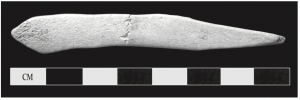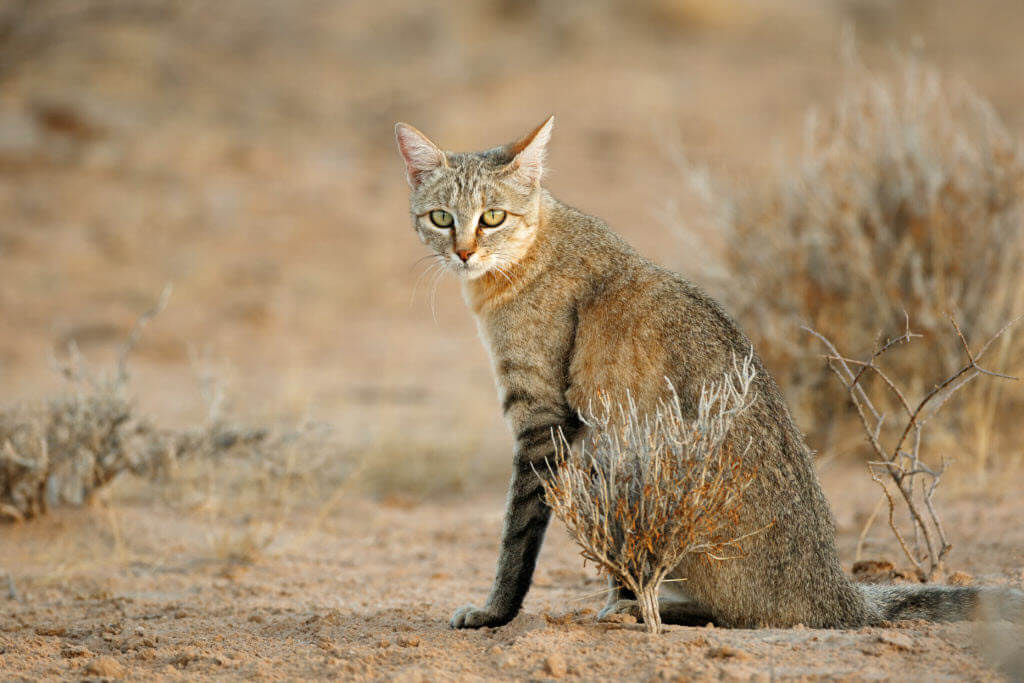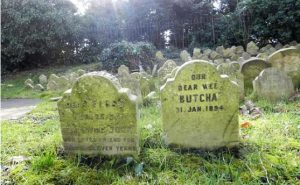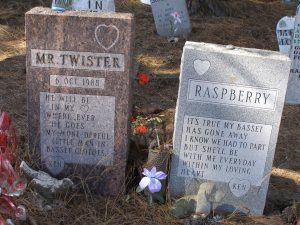New DNA evidence has emerged about dire wolves, a North American species that went extinct 13,000 years ago. Dire wolves became TV’s most popular wolves after they were featured on the show Game of Thrones, but new analysis has changed their entire species classification.
Much about dire wolves has been unknown throughout history. Fossils evidence of their bones and teeth showed that they were anatomically similar to gray wolves, but 20% bigger. This led scientists to classify them in the same species group as gray wolves. However, a new 2021 study done by archaeologists at Durham University in collaboration with scientists from around the world has proven this to be false. The study examined multiple full genomes, and revealed that dire wolves are evolutionarily very different from gray wolves. Dire wolves evolved in the Americas, completely separately from gray wolves in Eurasia. Dr. Alice Mouton, one of the co-lead authors stated that “We have found the dire wolf is not closely related to the grey wolf. Further we show that the dire wolf never interbred with the grey wolf…Dire wolves likely diverged from grey wolves more than five million years ago, which was a great surprise that this divergence occurred so early. This finding highlights how special and unique the dire wolf was” (Milligan 2021). The fact that there is no evidence that dire wolves ever interbreed with other wolves further highlights how separated they were as a species.
The research drew on archaeological evidence from a number of places. One of the primary sites for dire wolf fossils is the La Brea Tar Pits in Los Angeles, which consists of sticky asphalt. Predators would follow their prey into the pits and then get stuck there, becoming fossilized forever. However, the pits are not the best preservation site for DNA samples, because of how hot the environment is. In order to get further DNA evidence co-author Angela Perri traveled across the US to various university and museum collections in order to find more samples. The team was eventually able to put together five different dire wolf genetic profiles to analyze. The results that revealed dire wolves to be so dramatically different from gray wolves were shocking to the team. Their hypotheses had placed dire wolves as a subspecies or branch of gray wolves, rather than a totally different evolutionary species. Perri remarked that “I think I can speak for the whole group when I say the results were definitely a surprise” (Black 2021).
This study answered questions about dire wolves that scientists have been asking for years. But questions around the extinction of dire wolves still remain. Factors such as climate change, competition from other wolves, diseases, and humans could have all contributed. While further research might be able to help answer these questions we may never be able to gain a complete picture of dire wolves. However, this study demonstrates the value of archaeological research in being able to shift entire understandings and perspectives of the past.
Further Reading:
https://museum.msu.edu/game-of-wolves-the-dire-wolf-between-nature-and-culture/
https://a-z-animals.com/animals/dire-wolf/
References:
Anderson, Andrea. 2021. “Dire wolves were real—and even stranger than we thought.” National Geographic. https://www.nationalgeographic.com/animals/article/dire-wolf-dna-study-reveals-surprises.
Black, Riley, Angela Perri, and Kieren Mitchell. 2021. “Dire Wolves Were Not Really Wolves, New Genetic Clues Reveal.” Scientific American. https://www.scientificamerican.com/article/dire-wolves-were-not-really-wolves-new-genetic-clues-reveal/.
Grimm, David. 2021. “The legendary dire wolf may not have been a wolf at all.” Science. https://www.science.org/content/article/legendary-dire-wolf-may-not-have-been-wolf-all.
Marsh, Calum. 2019. “Why Game of Thrones Had to Shoo Away Its Direwolves.” Vulture. https://www.vulture.com/2019/05/game-of-thrones-direwolves-effects-difficulty.html.
Milligan, Markus. 2021. “Ancient DNA Reveals Secrets of Dire Wolves.” HeritageDaily. https://www.heritagedaily.com/2021/01/ancient-dna-reveals-secrets-of-dire-wolves/136780.
Randall, Keith. 2021. “DNA Reveals Lineage Of Ancient Dire Wolves – Texas A&M Today.” Texas A&M Today. https://today.tamu.edu/2021/01/13/dna-reveals-lineage-of-ancient-dire-wolves/.

Figure 1. This image from Game of Thrones indicated how dire wolves had been thought to look and how they have been represented in pop culture. New evidence points to their fur having been redder and their ears being rounder. Photograph from Vulture.



















